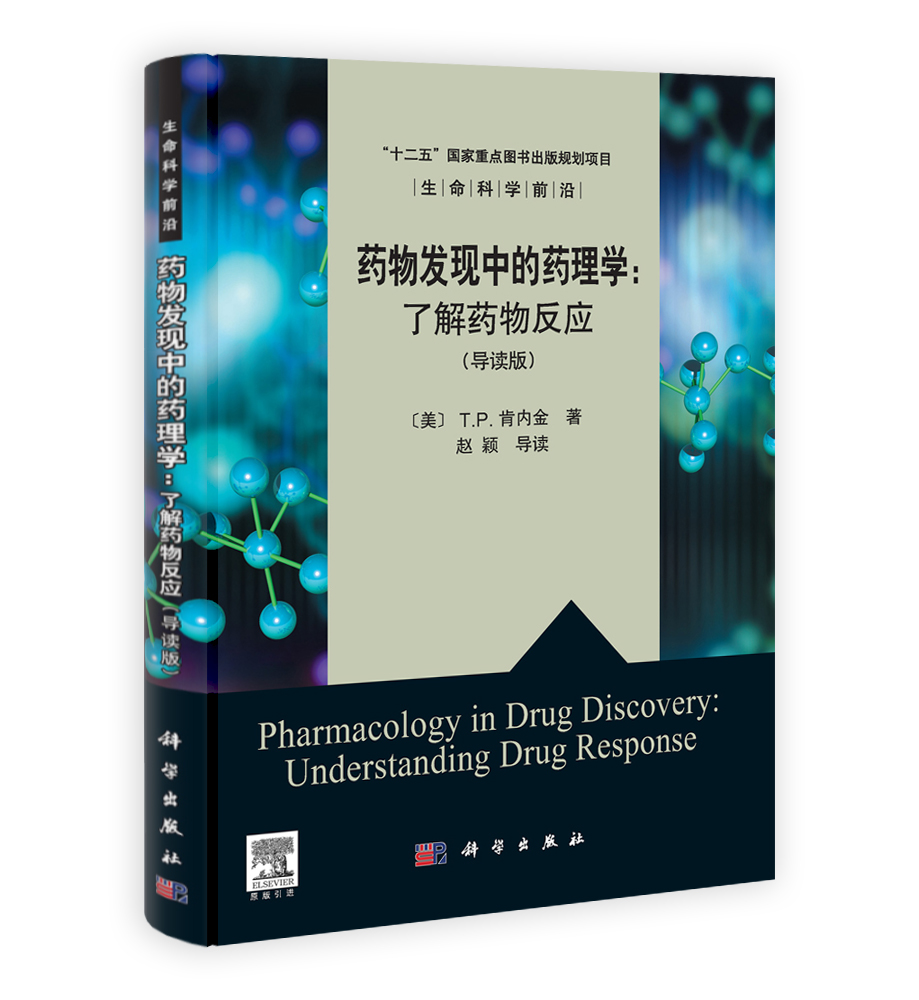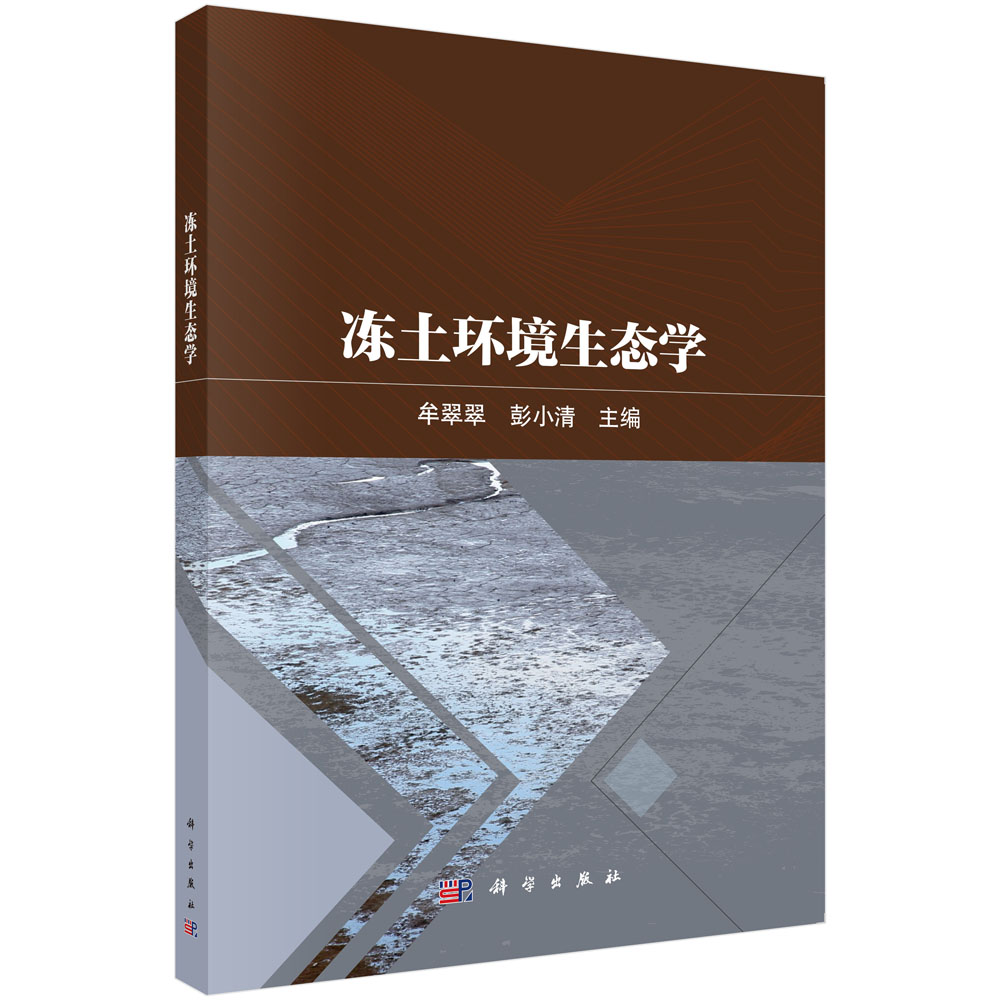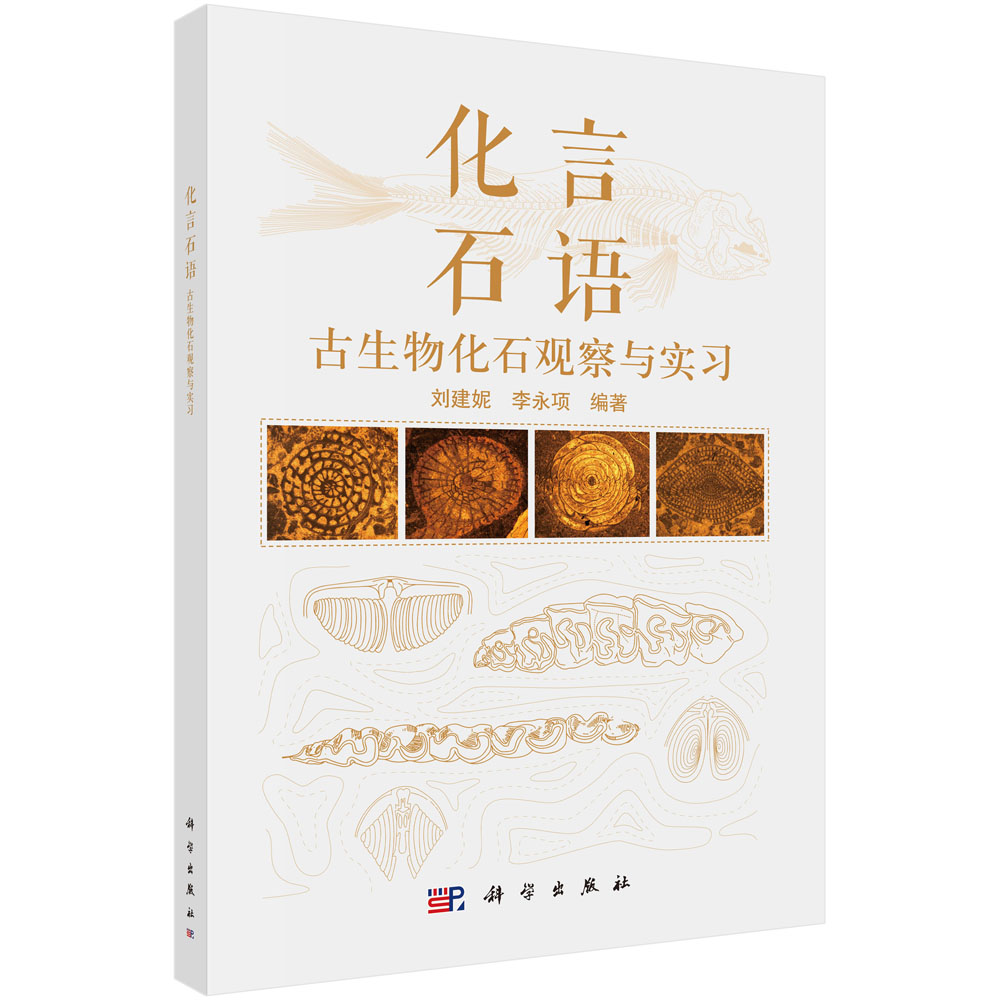皮肤生物热力学及热疼痛涉及很多学科领域,包括传热学、机械力学、生物学和神经生理学,按照各个所涉及学科的关系,本书分为5部分:第一部分,皮肤传热和热损伤;第二部分,皮肤生物力学;第三部分,皮肤生物热力学;第四部分,皮肤热疼痛;第五部分,皮肤性质数据库。本书首先是面向生物医学工程专业的具有一定学科背景知识的高年级学生,也可以用作相关专业研究人员的参考用书。
样章试读
目录
1.1 Introduction
1.2 Skin Biothermomechanics and Thermal Pain
1.3 Outline of the Book
References
Chapter 2 Skin Structure and Skin Blood Flow
2.1 Introduction
2.2 Skin Structure
2.3 Skin Blood Perfusion
References
PART I SKIN BIOHEAT TRANSFER
Chapter 3 Skin Bioheat Transfer and Skin Thermal Damage
3.1 Introduction
3.2 Skin Bioheat Transfer
3.3 Skin Thermal Damage
3.4 Summary
References
Chapter 4 Analysis of Skin Bioheat Transfer
4.1 Introduction
4.2 Skin Bioheat Transfer Analysis with Fourier Model
4.3 Skin Bioheat Transfer Analysis with Non-Fourier Models
4.4 Summary
References
PART II SKIN BIOMECHANICS
Chapter 5 Skin Mechanical Behaviour
5.1 Introduction
5.2 Skin Behaviour under Stretch
5.3 Skin Behaviour under Compression
5.4 Skin Failure
5.5 Skin Friction
References
Chapter 6 Skin Biomechanics Experiments:Measurement and Influence of Different Factors
6.1 Introduction
6.2 In Vivo Measurements
6.3 In Vitro Measurements
6.4 Influence of Different Factors
6.5 Summary
References
Chapter 7 Skin Biomechanics Modeling
7.1 Introduction
7.2 Continuum Models and Phenomenological Models
7.3 Structural Models
7.4 Summary
References
PART III SKIN BIOTHERMOMECHANICS
Chapter 8 Introduction of Skin Biothermomechanics
8.1 Introduction
8.2 Mechanism of Thermal Denaturation (Shrinkage)of Collagen
8.3 Properties Variations due to Thermal Denaturation of Collagen
References
Chapter 9 Analysis of Skin Biothermomechanics
9.1 Introduction
9.2 Theoretical Analysis of Thermal Stress
9.3 Analysis with Fourier Bioheat Transfer Models
9.4 Analysis with Non-Fourier Bioheat Transfer Models
9.5 Summary
9.6 Appendix
References
Chapter 10 Experimental Characterization of Skin Biothermomechanics
10.1 Introduction
10.2 Experimental Methodology
10.3 Thermal Denaturation of Collagen in Skin Tissue
10.4 Hydrothermal Tensile Tests
10.5 Hydrothermal Compressive Tests
10.6 Characterization of Skin Viscoelasticity with Static Tests
10.7 Summary and Limitations
References
PART IV SKIN THERMAL PAIN
Chapter 11 Skin Thermal Pain Mechanism
11.1 Introduction
11.2 Definition of Pain and Pain Pathways
11.3 Anatomy and Physiology of Nociceptors
11.4 Theories of Thermal Pain
References
Chapter 12 Physiological Features of Pain Sensation
12.1 Introduction
12.2 Role of C and Aδ Nociceptors
12.3 Influence of Stimulus Temperature on Pain
12.4 Influence of Nociceptors Depth
12.5 Influence of Temperature Change Rate on Pain
12.6 Temporal Summation
12.7 Influence of Stimulus Duration
12.8 Spatial Summation
12.9 Hyperalgesia and Tissue Damage
12.10 Influence of Origin of Skin (Different Part in Body)
12.11 Influence of Skin Type
12.12 Gender Difference
12.13 Influence of Age
12.14 Summary
References
Chapter 13 Skin Thermal Pain Modeling
13.1 Introduction
13.2 Model of Transduction
13.3 Model of Transmission
13.4 Model of Modulation and Perception
13.5 Results and Discussion
13.6 Summary
References]]>















